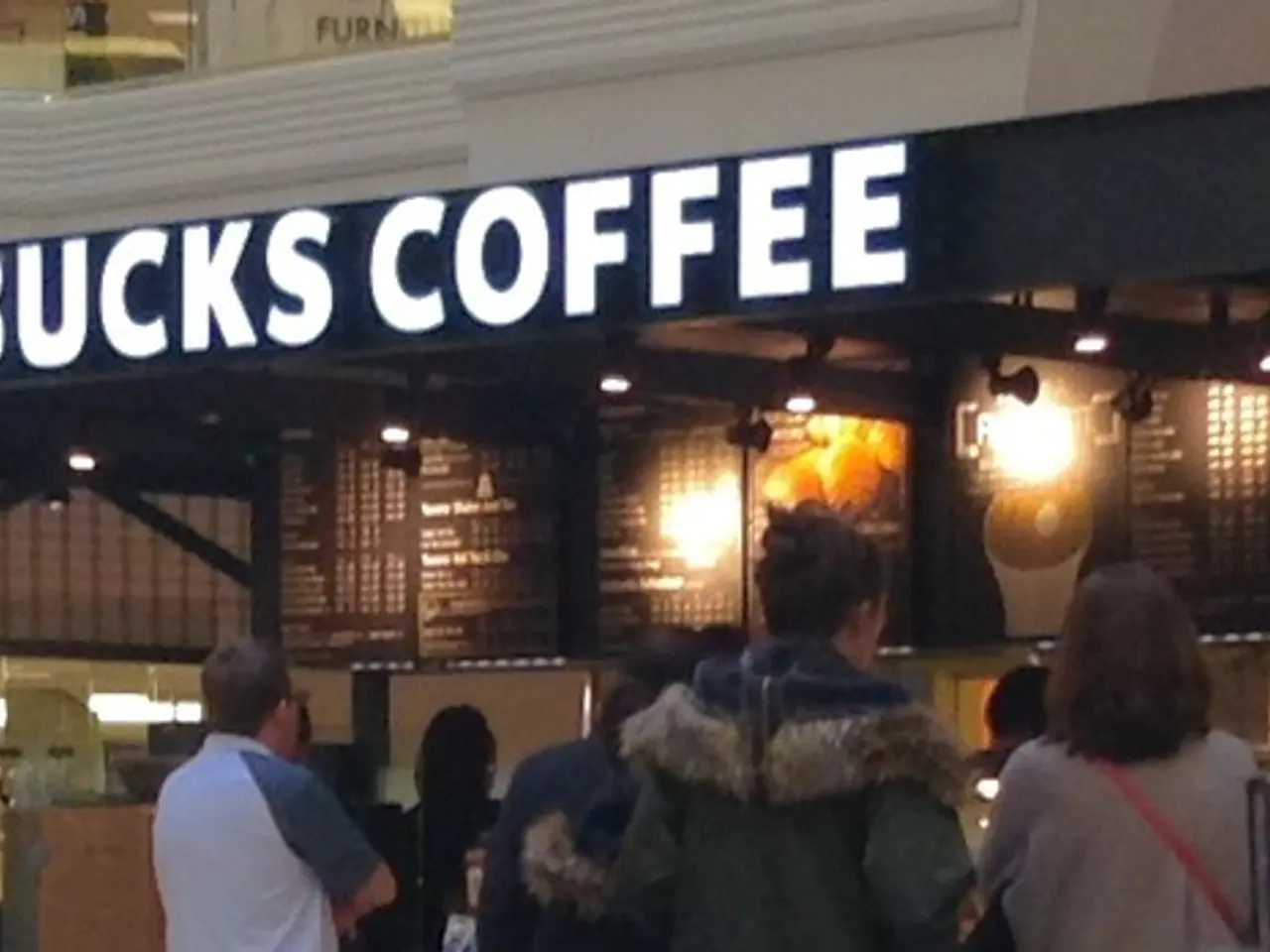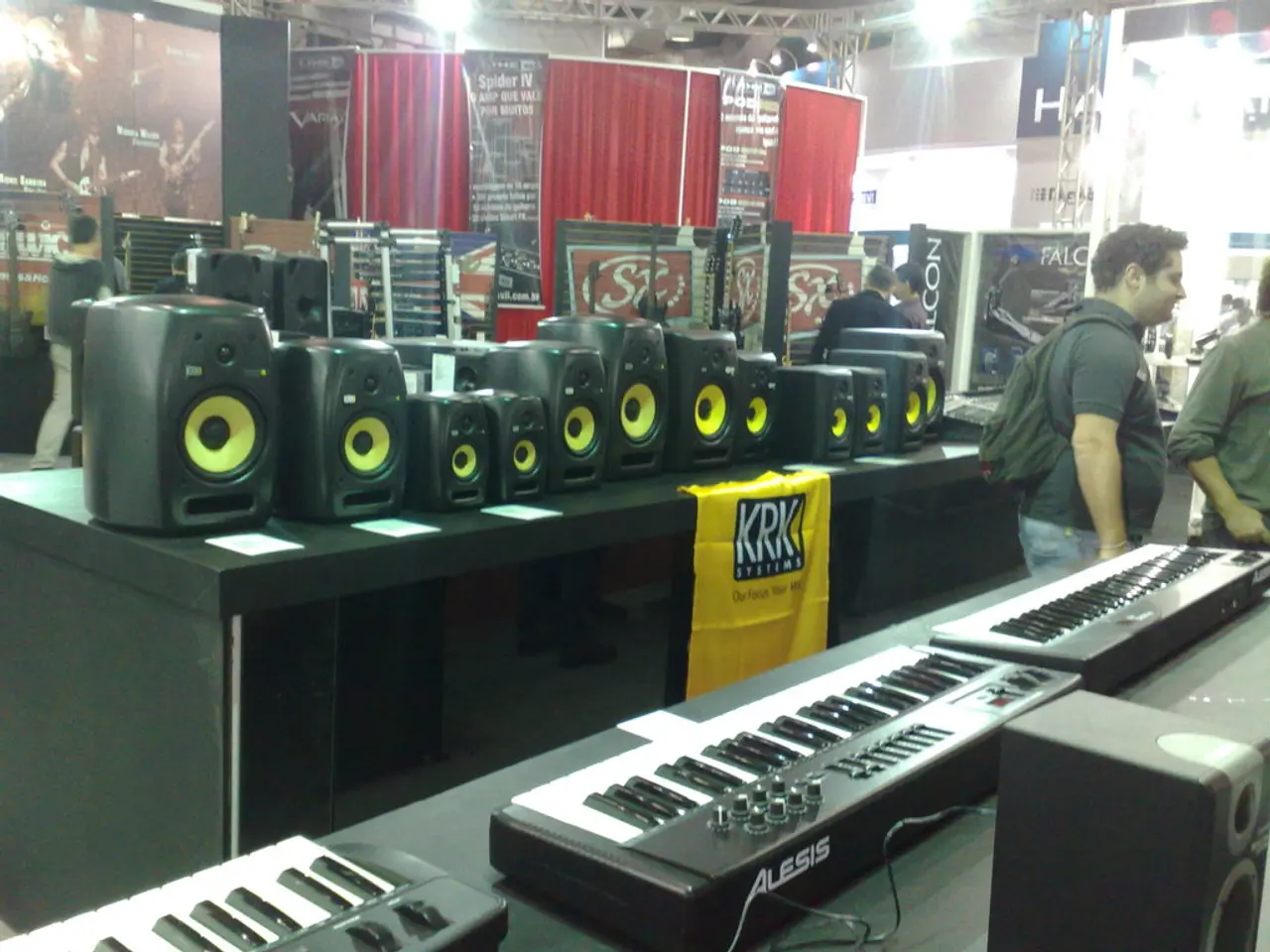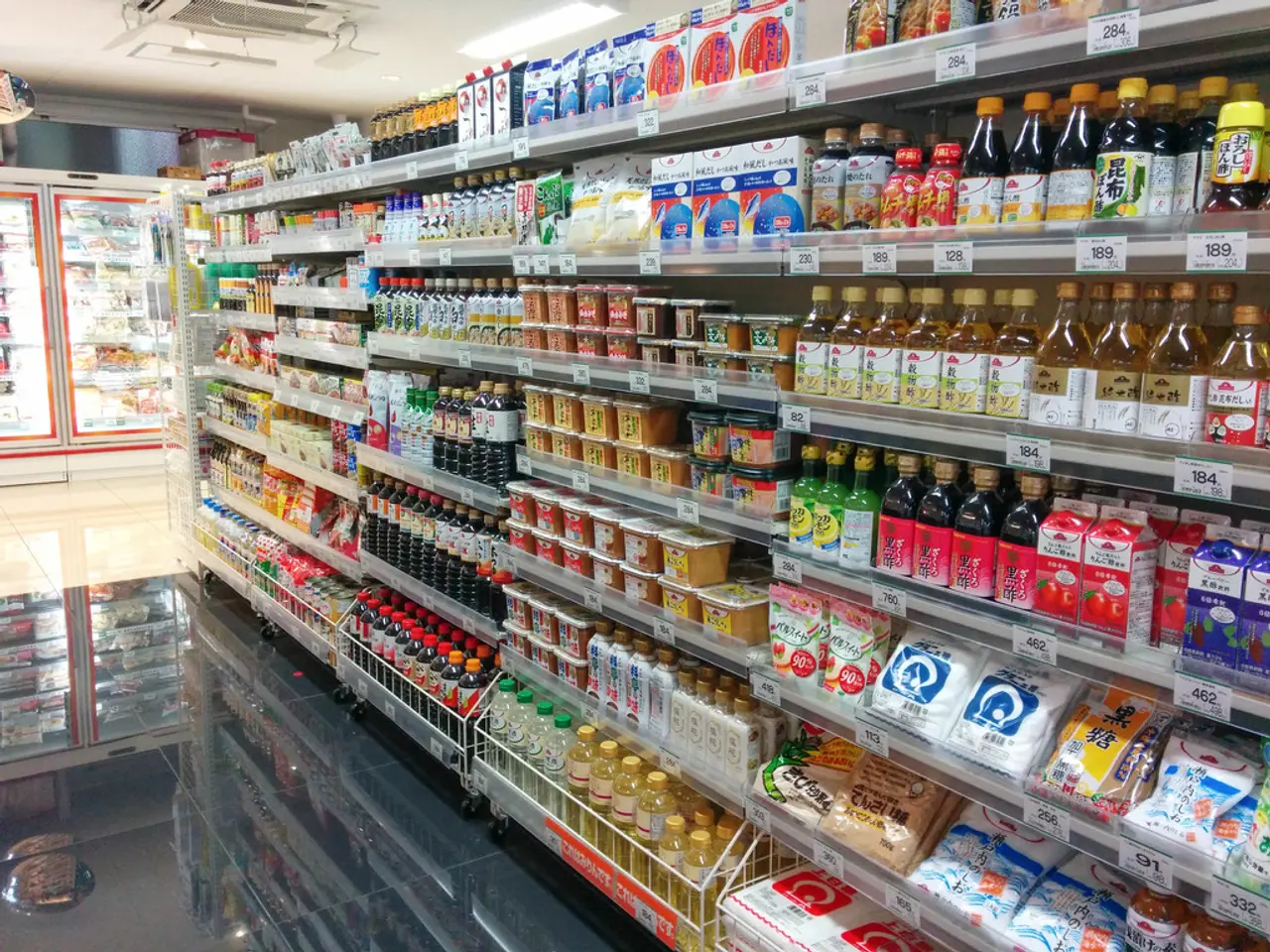Beverage conglomerate, Luckin Coffee, expands its horizon and debuts its initial stores within the United States.
In the bustling city of New York, Luckin Coffee, a fast-growing Chinese coffee chain, has made its long-awaited entry into the U.S. market. With over 5,500 locations across China and more than 60 outside the country, Luckin Coffee is set to bring a new competitor to the beverage market.
The company, which originated in 2017 and went public in the U.S. in 2019, has chosen two prime locations for its U.S. debut - 755 Broadway and 800 6th Ave. Known for its focus on takeout and mobile ordering, aggressive pricing, and technology-driven service, Luckin Coffee aims to cater to a tech-savvy, price-conscious customer base looking for convenience and speed.
In contrast to established players like Starbucks and Dunkin', Luckin Coffee offers beverages priced around $2 to $3, significantly lower than Starbucks' average of $4.46 for an iced coffee and Dunkin's $3.62. This aggressive pricing strategy is designed to undercut competitors and gain market share.
Luckin Coffee's business model primarily operates through a fully app-based model, where customers order and pay digitally. Stores are designed as small pickup counters without cashiers, reducing overhead costs and enabling quick service. This contrasts with Starbucks and Dunkin', which have more traditional store formats with cashier interaction.
U.S. stores are designed around quick customization and grab-and-go service, using smart equipment that enables efficient order preparation via scanning codes. This digital-centric growth strategy, leveraging a "dual-engine model" of digital new retail plus a global supply chain, aims to optimize operations and expand rapidly in the U.S., similar to its explosive growth in China.
Starbucks, with over 17,000 U.S. stores, operates with a well-established real estate and rewards strategy but is facing challenges such as falling foot traffic. The company is investing in staff to reduce wait times and improve the in-store customer experience. Dunkin', on the other hand, maintains a strong presence with traditional store formats and pricing that is generally higher than Luckin’s.
Luckin Coffee's entry into the U.S. market comes at a time when it is increasingly competitive, with fast-growing chains like 7 Brew, Dutch Bros, Scooter's, and Swig also specializing in coffee and beverages. However, Luckin Coffee's unique model, which targets convenience and affordability, could potentially disrupt the market.
It is important to note that in 2019, Luckin Coffee faced controversy when it was found to have faked earnings and sales data. This led to the firing of executives and the filing for bankruptcy. However, Luckin Coffee emerged from bankruptcy with new financing and management in 2020 and has since restarted its growth trajectory. In the first quarter of the year, the company generated over $1.2 billion in revenues, a 41% increase from the previous year.
As Luckin Coffee sets its sights on the U.S. market, it will be interesting to see how it navigates the competitive landscape and if its unique business model can gain traction with American consumers. This article, published by Restaurant Business and authored by the Editor-in-Chief, a longtime industry journalist specializing in restaurant finance, mergers and acquisitions, and the economy, with a particular focus on quick-service restaurants, offers a comprehensive look at Luckin Coffee's entry into the U.S. beverage market.
The entry of Luckin Coffee into the U.S. market signifies a potential shift in the food-and-drink industry's business model, as the company focuses on a tech-savvy, affordable lifestyle through its app-based operations and aggressive pricing strategy. This could lead to a surge in restaurant finance, given the competitive landscape and the potential for disrupting the established players like Starbucks and Dunkin'.




